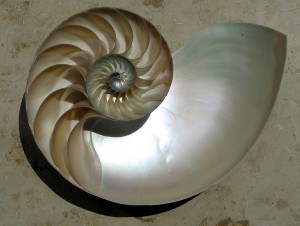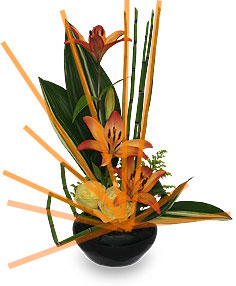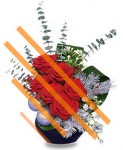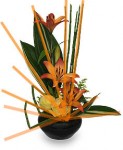We recently posted an article introducing Regina Berryman and her upcoming presentation on the Fibonacci method of Floral Design at the Tennessee State Floral Association convention. I bet you’re wondering just how it went? Well, it should come as no surprise that Regina presented an abundance of valuable information as well as displayed some breathtaking arrangements!
As usual, FSN was there to snap some photos and is excited to pass them on to you!
Regina Berryman and the stage before the arrangements are brought out.
A couple of the first arrangements are visible in this photo.
A gorgeous arrangement using bamboo as a backdrop.


 Find Your
Find Your 

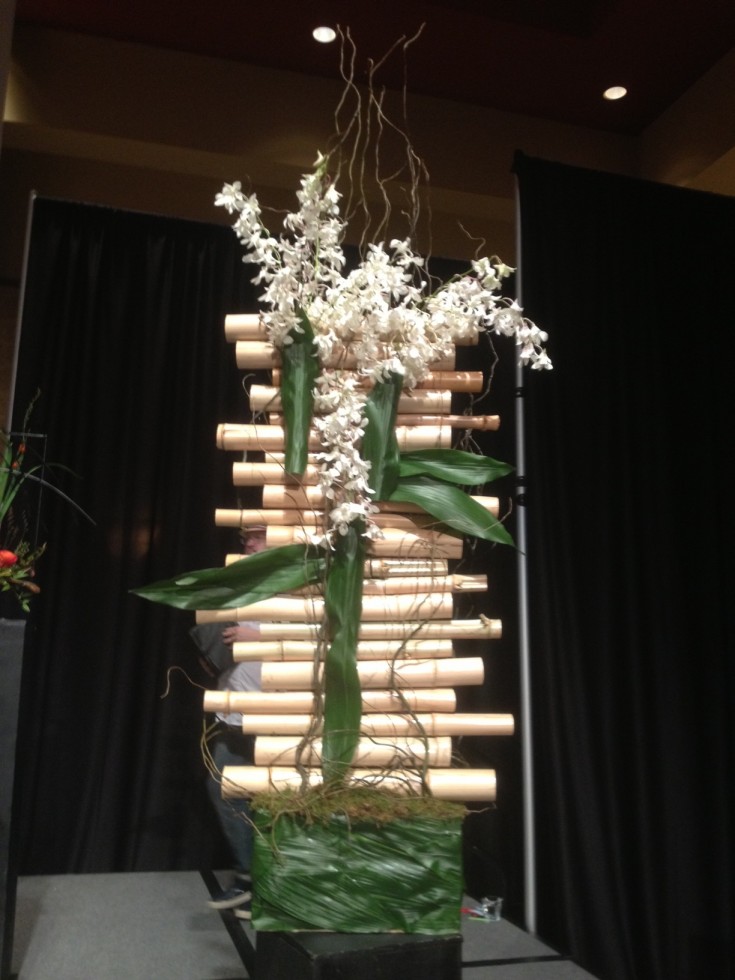

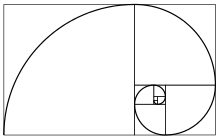 Regina’s exciting theories regarding floral design are based on principles borrowed from an amazing discovery made over 700 years ago called the Fibonacci Theory. The theory was founded by a mathematician named Leonardo Fibonacci who lived in the 12th and 13th centuries C.E., and it can be observed in almost every aspect of the natural world.
Regina’s exciting theories regarding floral design are based on principles borrowed from an amazing discovery made over 700 years ago called the Fibonacci Theory. The theory was founded by a mathematician named Leonardo Fibonacci who lived in the 12th and 13th centuries C.E., and it can be observed in almost every aspect of the natural world.